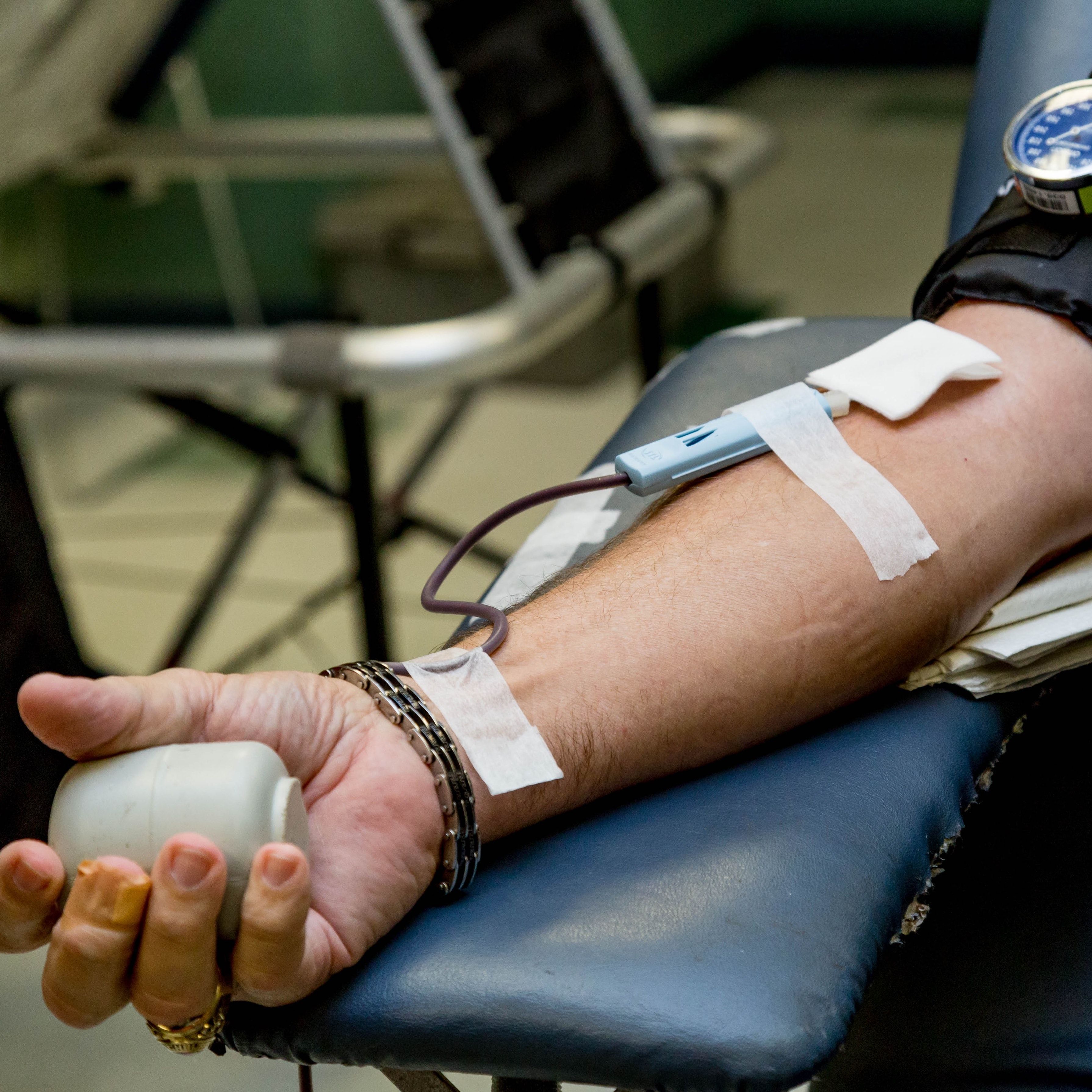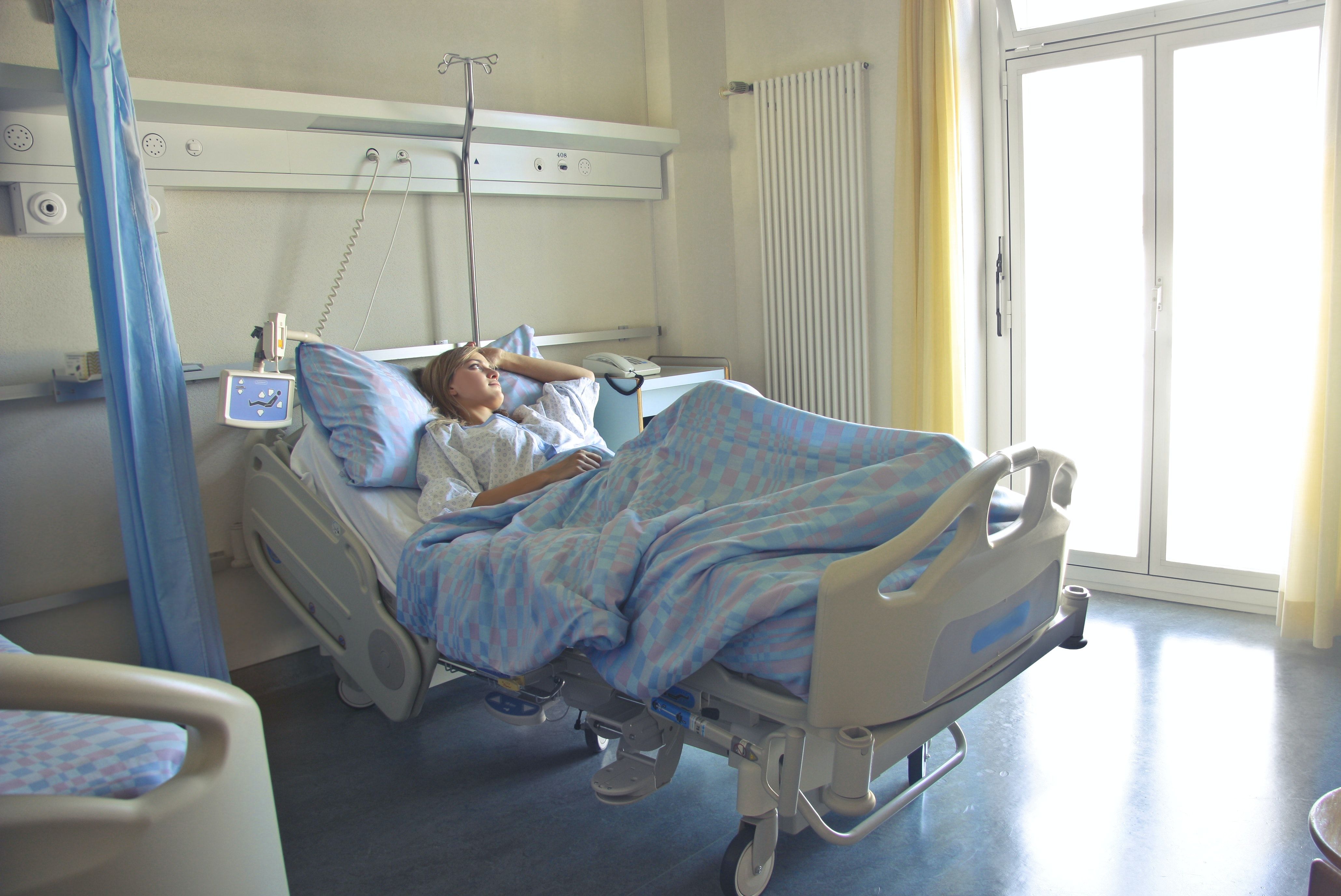Video
Treatment Improvements Invaluable in HIV Infection
Joseph Eron, MD: Let’s shift a little bit now and talk about treatment and initiation of treatment. Dan, maybe you can just give us a broad overview. Tell us a little about the history of HIV treatment. Where are we? What’s happened in the last few years with treatment?
Daniel Kuritzkes, MD: Sure. We’re now getting into the fourth decade of antiretroviral therapy. We first started giving zidovudine, AZT [azidothymidine] monotherapy, in 1987. For a couple of years, we had only 1 drug to give, and we did a lot of sequential monotherapy. Then we started with 2-drug combination therapy. Around the mid-’90s, the non-nucleoside reverse transcriptase inhibitors—NNRTIs, as we call them—and the protease inhibitors—the PIs, as we often call them—came around. We hit on triple therapy, which was really the magic bullet. That gave enough drug to get complete viral suppression. There was no opportunity for mutations to emerge that weren’t already present. That seemed to be able to keep the viral suppression constant, preventing any disease progression.
The regimens have just gotten better and better, in terms of their safety, tolerability, and convenience. We now have numerous single-tablet regimens that are 3 different antiretroviral agents in a single tablet. They can be taken once daily, and they’re all highly effective. They’re all extremely well tolerated. Although each one has its own potential toxicities and adverse effects that are fortunately relatively infrequent and generally mild, anybody who starts on treatment today, especially if they start at an early stage in the disease, can expect to live for an essentially normal lifespan.
Joseph Eron, MD: It’s so dramatic, Eric. It’s like talking about people living a normal lifespan. When you first meet them and you talk about starting them on therapy….
Eric Daar, MD: Yes, it’s amazing. Some of us on the panel have been around for a long time. We remember a time where we met people with newly diagnosed HIV. We didn’t have a lot of good things to say to them, as far as their long-term prognosis. And now that’s all I talk about when I meet somebody’s who’s newly diagnosed—how well they’re going to do. I tell everyone they know, of whom they choose to share this information with, that they’re going to do fine.
There’s still this perception out there that it’s going to be hard to treat. There is also the perception that there won’t be access to treatment or the treatments are going to have toxicity and they’re going to die from AIDS. That’s anything but the case for the people who are able to engage. We consider the cascade. We all knew it, in clinical practice, but it was looked at in sort of an objective way. What proportion of people who are infected, who know their status, are actually engaged in care? Those of us who work in the clinic spend a lot of time on the people who are engaged in care. We know how great they’re going to do. But there’s this whole other group. So, my focus is always to tell them, “As long as we can get you engaged.” And that usually means overcoming some of the real challenges—things like poverty, and stigma, and substance abuse, alcoholism, and psychiatric disease. We focus our attention away from HIV, AIDS, and dying.
Joseph Eron, MD: Eric, when you say the cascade, maybe people that are listening don’t quite know what that means.
Eric Daar, MD: Sure. We think about it as the cascade or the continuum of care. We look at the proportion of people in the United States who are infected. However, you can look at this in any area outside of the US or within subpopulations within the US, and you probably have to because every group is a little different. The data suggest that in the US, about 1.2 million people are infected. We know that about 85% of them are infected, which is probably an improvement because of more routine testing.
Then you look at the proportion of people who know they’re infected, who have ever encountered an HIV therapy provider. You get this huge drop-off—about 50%. And then, of that subset who actually are retained in care, usually defined pretty loosely as 2 or more visits, it drops off more. Then, you finally end up determining how many are on therapy and how many are suppressed. The numbers are improving. But you start talking about numbers of around 40%, in the US, for those who are known to be infected, who are actually virologically suppressed. And if you look at some of the higher-risk groups that we’ve talked about, it’s probably even lower than that.
Transcript edited for clarity.





